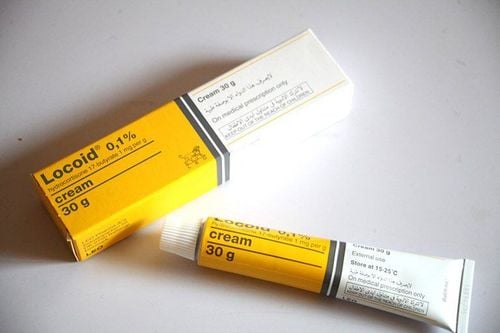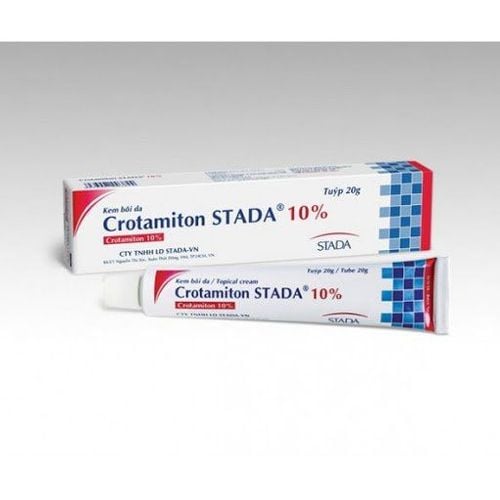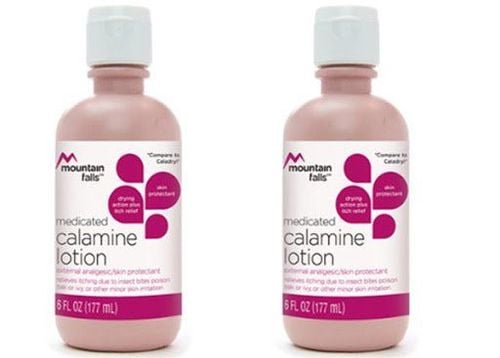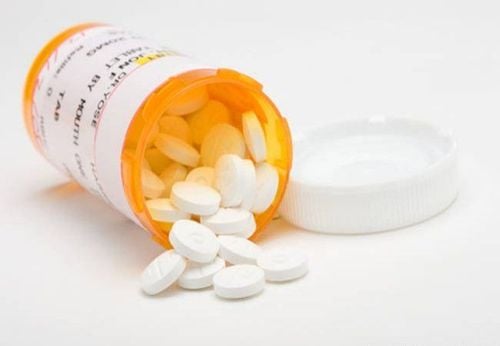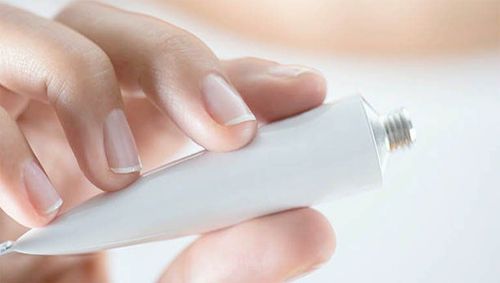This is an automatically translated article.
Tranocin is often prescribed for topical use in cases of dermatological problems such as itching, allergies, rashes, skin infections, ... Before and during the period of treatment with Tranocin, Patients should carefully consult their doctor about the dosage and effective use of the drug to soon reverse the disease.
1. What is Tranocin?
Each tube of Tranocin contains the main active ingredients, Neomycin and Triamcinolone. Triamcinolone acetonide is a type of corticosteroid with relatively strong anti-inflammatory properties. Meanwhile, Neomycin sulfate acts as a bactericidal antibiotic that can be used in combination with Triamcinolone to increase the effectiveness of the treatment of dermatological problems.
2. What are the effects of Tranocin?
Tranocin is commonly prescribed to treat the following cases:
Dermatitis. Skin allergies. Itchy skin. Skin infection. Patients need to adhere to the use of Tranocin as recommended by the doctor, avoid self-treatment when not indicated.
Do not use Tranocin for the following subjects without your doctor's approval:
Patients with a history of hypersensitivity or allergy to Neomycin, Triamcinolone or any other excipients in the drug. Tranocin is contraindicated for people with viral, fungal, or bacterial infections in the throat or mouth. Women who are pregnant. Women who are breastfeeding.
3. Dosage and how to use Tranocin
3.1. Tranocin drug dosage as recommended by the doctor Tranocin drug will be used according to the doctor's prescription with the general recommended dose is applied topically from 1-2 times / day. Patients should only apply the drug to the damaged skin, avoid applying too thick a layer of medicine and treat it for less than 8 days.
When taking Tranocin, you need to apply the exact dose recommended on the package, leaflet or doctor's order. Do not arbitrarily calculate, adjust or change the dose of medicine without consulting your doctor carefully.
3.2. Instructions for using Tranocin Drug Tranocin is prepared in the form of an ointment and used for topical application. Therefore, patients absolutely must not use Tranocin by other routes such as oral or nasal application. When applying the medicine, you should only apply a thin layer just enough to the affected skin area, avoiding spreading to other healthy skin areas. If the medicine accidentally gets on the mucous membranes or eyes, you need to quickly wash it off with water.
4. Possible side effects when using Tranocin
During the use of Tranocin, patients may experience the following side effects:
Long-term treatment with Tranocin causes adrenal insufficiency. Protein catabolism. Changes in sugar metabolism. Digestive ulcers. If you notice any of the above-mentioned side effects while using Tranocin, you should stop treatment and quickly notify your doctor so that you can get a fix as soon as possible. Some side effects caused by Tranocin usually disappear after treatment is stopped, but symptoms can also progress to serious if not detected early.
5. Things to be careful about when using Tranocin
Here are some things that patients should keep in mind to ensure safety during the use of Tranocin:
When using Tranocin on a large scale or on damaged skin or under a bandage, The active ingredients in the drug will be absorbed in sufficient quantities to lead to systemic effects. Therefore, patients should avoid dressing the bleeding wound when treated with Tranocin. Discontinue use of Tranocin if signs of contact dermatitis or skin irritation develop. Tranocin should be used with caution in patients with cirrhosis, hypothyroidism, unspecified ulcerative colitis, diabetes, at risk of peptic ulcer disease, or tuberculosis. Discontinue treatment with Tranocin when a local reaction occurs. Do not take this medicine without consulting your doctor for people with peptic ulcers, tuberculosis or diabetes. Use caution when using Tranocin for children under 15 years old, the elderly, people with myasthenia gravis, hepatic coma, liver or kidney failure. Tranocin should only be used by pregnant or nursing women if the potential benefits outweigh the risks. Always check the expiry date of Tranocin medicine before taking it, do not use if the medicine has expired. Store Tranocin in a dry place with moderate humidity and away from direct light.
6. Tranocin can interact with other drugs?
Below is a list of drugs that may interact with Tranocin:
Phenytoin, Barbiturates, Rifabutin, Rifampicin, Primidon, Carbamazepine and Aminoglutethimide when taken with Tranocin can increase clearance and Corticosteroid metabolism, leading to a decrease in the therapeutic effect of the drug. Hypoglycemic agents, insulin, thiazide diuretics and antihypertensives antagonize the action of corticosteroids. Coumarin anticoagulants when used concurrently with Tranocin may increase the blood-thinning effect. Ideally, the patient should check the clotting time / prothrombin time to avoid the risk of spontaneous bleeding. Salicylates clearance tends to be increased when Tranocin is co-administered. To avoid interactions between Tranocin with other drugs, you need to inform your doctor about all medications you are currently taking, including herbs, vitamins and supplements.
Please dial HOTLINE for more information or register for an appointment HERE. Download MyVinmec app to make appointments faster and to manage your bookings easily.




